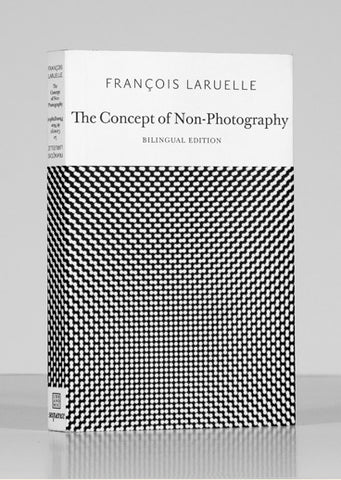Alain Badiou: Handbook of Inaesthetics (1998–)
Filed under book | Tags: · aesthetics, art, philosophy, philosophy of art, truth

“Didacticism, romanticism, and classicism are the possible schemata for the knotting of art and philosophy, the third term in this knot being the education of subjects, youth in particular. What characterizes the century that has just come to a close is that, while it underwent the saturation of these three schemata, it failed to introduce a new one. Today, this predicament tends to produce a kind of unknotting of terms, a desperate dis-relation between art and philosophy, together with the pure and simple collapse of what circulated between them: the theme of education.
Whence the thesis of which this book is nothing but a series of variations: faced with such a situation of saturation and closure, we must attempt to propose a new schema, a fourth type of knot between philosophy and art.
Among these “inaesthetic” variations, the reader will encounter a sustained debate with contemporary philosophical uses of the poem, bold articulations of the specificity and prospects of theater, cinema, and dance, along with subtle and provocative readings of Fernando Pessoa, Stéphane Mallarmé, and Samuel Beckett.”
Originally published in French as Petit manuel d’inesthetique, Seuil, Paris, 1998
Translated by Alberto Toscano
Publisher Stanford University Press, 2004
Meridian: Crossing Aesthetics series
ISBN 0804744092, 9780804744096
168 pages
PDF (updated on 2020-7-5)
Comment (0)François Laruelle: The Concept of Non-Photography (2011) [English]
Filed under book | Tags: · art, non-philosophy, philosophy, philosophy of art, photography, science

Myriads of negatives tell of the world, speaking among themselves, constituting a vast conversation, filling a photosphere that is located nowhere. But one single photo is enough to express the real that all photographers aspire one day to capture, without ever quite succeeding in doing so. Nevertheless, this real cohabits intimately with negatives, with clichés as embedded in our lives as they are imperceptible. Photographs are the thousand flat facets of an ungraspable identity that only shines – and sometimes very faintly – through something else. What more is there to a photo than a curious and prurient glance? And yet it is also a fascinating secret.
The Concept of Non-Photography develops a rigorous new thinking of the photograph in its relation to science, philosophy and art, and introduces the reader to all of the key concepts of Laruelle’s ‘non-philosophy’.
Translated from French by Robin Mackay
Publisher Urbanomic, United Kingdom, and Sequence Press, New York, 2011
ISBN 0983216916, 9780983216919
143 pages
review (Catherine Kron, DisMagazine)
publisher
publisher
google books
Download (English section of the book only; removed by the publisher on 2012-6-13)
Jean-François Lyotard: Discourse, Figure (1971/2011)
Filed under book | Tags: · aesthetics, art, language, phenomenology, philosophy, philosophy of art, poetry, psychoanalysis, semiotics, structuralism

“Discourse, Figure is Lyotard’s thesis. Provoked in part by Lacan’s influential seminars in Paris, Discourse, Figure distinguishes between the meaningfulness of linguistic signs and the meaningfulness of plastic arts such as painting and sculpture. Lyotard argues that because rational thought is discursive and works of art are inherently opaque signs, certain aspects of artistic meaning such as symbols and the pictorial richness of painting will always be beyond reason’s grasp.
A wide-ranging and highly unusual work, Discourse, Figure proceeds from an attentive consideration of the phenomenology of experience to an ambitious meditation on the psychoanalytic account of the subject of experience, structured by the confrontation between phenomenology and psychoanalysis as contending frames within which to think the materialism of consciousness. In addition to prefiguring many of Lyotard’s later concerns, Discourse, Figure captures Lyotard’s passionate engagement with topics beyond phenomenology and psychoanalysis to structuralism, semiotics, poetry, art, and the philosophy of language.”
Originally published in French as Discours, figure by Klincksieck, 1971
Translated by Antony Hudek and Mary Lydon
Introduction by John Mowitt
Publisher University of Minnesota Press, 2011
Cultural Critique Books
ISBN 0816645655, 9780816645657
512 pages
PDF (updated on 2012-11-4)
Comment (0)
